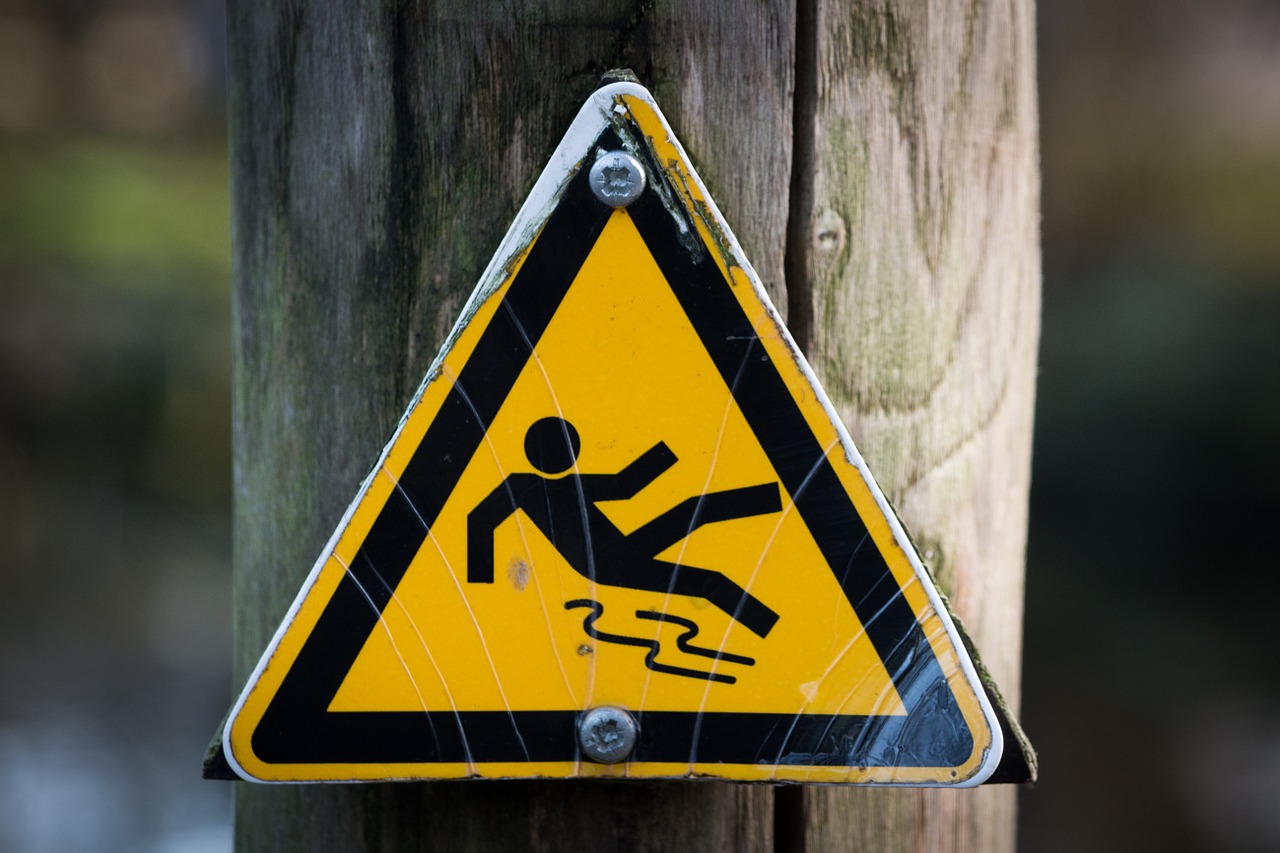Ten Cybersecurity Risk Factors No One Talks About

By Roger A. Grimes, Columnist, CSO | OCT 17, 2019 3:00 AM PDT see the original article at CSOonline.com
1. Fighting over “might happen” risk
2. Political risk
Proactive risk-taking leads to the next unknown risk component: political risk. Every time proactive heroes argue for something that never happens, they lose a little bit of their political capital. The only time they win is when the thing they were proactive about happens. If they are successful and convince the company to put controls and mitigations in place so the bad thing never happens, well, it never happens.
3. "We say it’s done, but not really" risk
4. Institutionalized risk: “It’s always been done that way”
5. Operational interruption risk
6. Employee dissatisfaction risk
7. Customer dissatisfaction risk
8. Cutting edge risk
9. Time lag risk
You are almost always fighting some risk that has already happened to other people (or to your organization). You wait to see what tricks the hackers have up their sleeves and then create mitigations and controls to fight those new risks. Having to first wait to see what the hackers are doing makes a time lag from when the new malicious behavior is spotted until you can assess the new technique, think of new controls, and push them out. In a wait-and-see game, you are always behind.
10. "Can’t do everything right" risk

Every company wants to be your partner, but let’s face it, if they are selling you something, they’re not your partner, they’re just another vendor. Cloud 9 is different. We don’t actually sell anything and we don't charge our clients. We become an extension of your team and help manage the often overwhelming process of finding, evaluating, and selecting the right technologies and competitive providers. When it comes to cyber security there is far too much to consider. Cloud 9, together with our distributors, is made up of more than two-hundred and fifty experts, engineers and staff, all devoted to helping you save time and money and make choices easier. Our curated Supplier Portfolio contains nearly two-hundred of the best service provider companies. We are one of the largest buyers of technology in the country. Through us, you’ll get the collective buying power of thousands of other clients. Consider us your professional technology shoppers and babysitters. We are impartial, unbiased, and supplier-neutral. We sit on your side of the table to help you find, evaluate, and negotiate with service provider companies. We’ll help you design the right solution and identify the best technologies. We’ll get pricing from multiple competing companies, then guide you through the evaluation and procurement process. Use our evaluation tools for documentation and due diligence. Plus, have our entire team at your disposal before, during, and after the acquisition of your new services. We'll be by your side for as long as you’re in business.
Technology Partners. Strategic Advisers.

